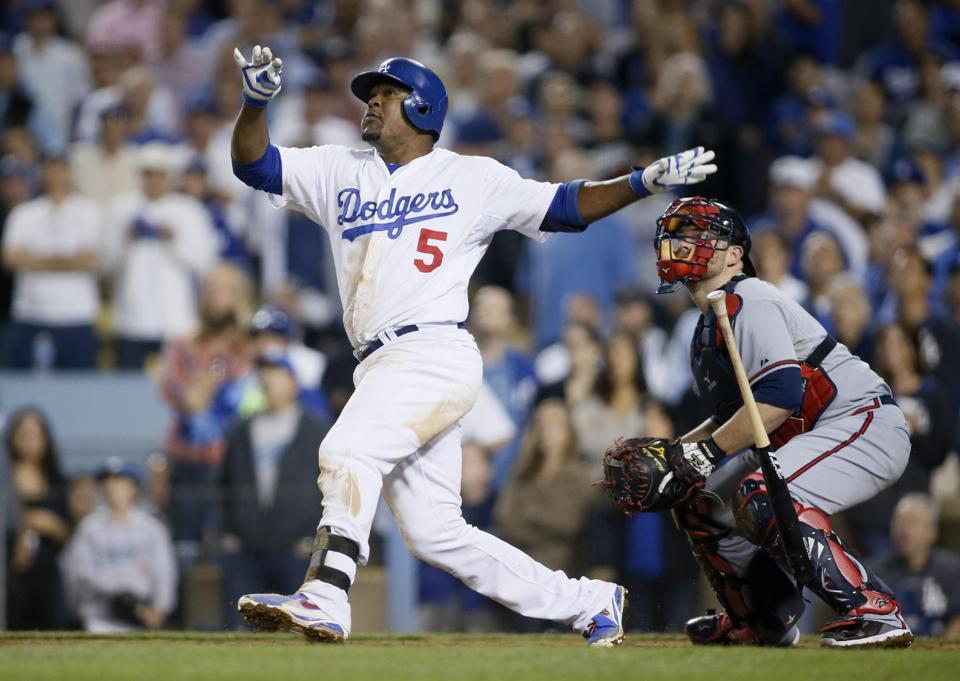(photo credit: kpay.com)
I’m constantly impressed by what big league hitters do at
the plate. Perhaps the most impressive skill big leaguers have is their ability
to execute approaches to a scouting report, and to adjust to an opponents’
scouting report on them.
Colleges have lots of information on opposing pitchers,
hitters and defenses. Companies like “Inside Edge” and “College Spray Charts”
give teams crystal clear information on what hitters’ and pitchers’ tendencies
are. At the professional level, these players play every single day, so the
information is even more consistent
and accurate. In the show, there are cameras, algorithms, Statcast, QuesTec and
numerous sabermetrical data, video and endless analysis, available at the touch
of a button, for any hitter, pitcher or coach at any time.
Baseball players are creatures of routine, and thus,
creatures of habit. These habits are evident in the data. General managers hire
advanced scouts and mathematicians to dissect the information and create pitching
sequences, offensive approaches and defensive shifts to stymie the opposition.
With all of this information and advanced planning going against
hitters, they still hit, and many of them hit very well.
Great hitters know that pitchers must pitch inside on them
to speed up their timing. Great pitchers know they cannot live in or live away
on any big league hitter; they must mix locations and speeds. Hitters know this
same information. With so much shared information, and so much talent on the
mound, what does the pitcher-hitter battle come down to? Toughness and execution.
Watch a Sports Center highlight of a big league game, and
pay attention to where all of the hard hit balls are. Nearly all of them are
over the middle of the plate. Mistakes. Big leaguers crush mistakes. The elite
of the elite can cover more pitches than others. They handle the ball a few
more inches in, away, up or down, and they know which pitch pitches they personally
handle well. Miguel Cabrera can hit whatever he wants to hit when he’s going
well. He’s an outlier. Bryce Harper and Mike Trout are similarly un-pitchable if
they are locked in.
Big league hitters play nearly every day: 28 days a month; and
they don’t wake up and drive a nice short commute to work every day. They take
several flights each week, across states, across country, through the night.
Then they get ready, get prepared, get focused, and rake.
When a pitcher knows your weakness, and a defense knows your
spray chart patterns, and you adjust to hit hard the pitches you get, that is
impressive. It takes trust, confidence and emotional security to do something
different than you are wired to do.
When a dead pull fastball hitter sits on a breaking ball and
hits a sacrifice fly to the opposite field, that is impressive. Of course, it’s
easy to say that’s what he should do.
The game isn’t that simple though.
Big league hitters have swings that they
fine tune, though many are imperfect, and they mostly swing at pitches that
work within their swing planes and approaches. When they know they will get
something different than what they are good at, and make the change to attack
that pitch or that side of the plate, that is good hitting. That is mature
hitting.

No comments
Post a Comment